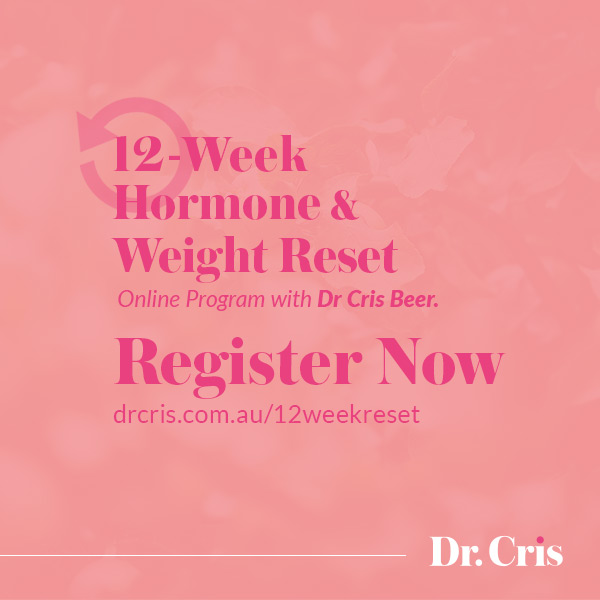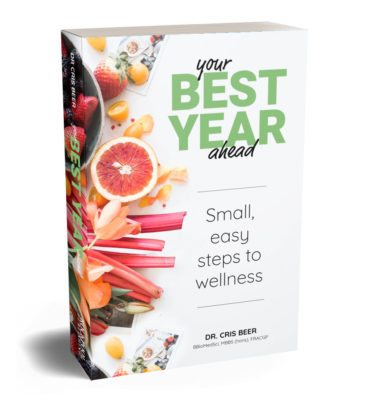I have heard it said that eating healthily can be expensive and holding on to this notion can prevent people from leading a healthy lifestyle.
Although I realise that the cost of living in general has increased over recent years I do not feel that living a healthy lifestyle needs to place us under financial strain. There are some clever ways to buy good food without the expense; we just need to know where to shop and what to buy. Some items in our pantry are worth spending the money on, however, and others we can get without breaking the bank. The flipside is that I believe that every dollar we spend on living a healthy lifestyle and eating well is money well spent; especially when you compare the personal cost of being unhealthy versus healthy. Let us briefly examine this personal cost of being unhealthy and then look at ways we can save each week on our food bill.
What is The Cost of Living Healthy Vs Unhealthy?
A recent study from the British Medical Journal (BMI) shows that it only has to cost an extra $1.66 a day to eat healthy food as opposed to unhealthy food. That makes it $606 dearer a year by eating healthy versus eating less healthy foods like those high in saturated fats and sugars and refined carbohydrates. This isn’t even the cost of a cup of coffee and hardly seems like a significant amount of money given the burden associated with being unhealthy. The pinnacle of which are the health costs associated with obesity.
The level of obesity is the highest it has ever been in Australia and it’s on the rise. Around one quarter of adult Australians are currently obese. This level is expected to peak to over 80 per cent of Australians and one third of children by 20252. Obesity is expensive and costs society and individuals money that we simply do not have to spend.
The Preventative Health Taskforce paper on obesity illustrates the impact of this condition on overall health and the healthcare system. The report shows that the burden of disease attributable solely to high body mass is now close to that of smoking. Obesity has been directly linked to causing about one quarter of type 2 diabetes (23.8%) and osteoarthritis (24.5%), one fifth of cardiovascular disease (21.3%) and colorectal, breast, uterine and kidney cancers (20.5%)3. Obesity puts an enormous strain on the country’s
economy. In 2008 it was estimated that the overall worldwide cost of obesity to society and governments was $58.2 billion.
Individually, a study published in the Medical Journal of Australia in 2010 revealed that the annual total direct cost (healthcare and nonhealthcare) per person increased from $1472 for those of normal weight to $2788 for those who are obese, per annum. That’s an extra cost of around $1300 a year. With these costs in mind it certainly seems like it pays to lead a healthy lifestyle. As food is often one of the largest expenses in our budget, how then do we save on the cost of eating?
How You Can Eat Healthy on a Budget
The cost of buying healthy foods can add up if you are not aware of the huge variation in health-food prices. Below are the first five of my top ten tips for eating healthy on a budget from ‘Healthy Habits, 52 Ways to Better Health‘
Tip # 1 Avoid Processed Foods. Food items labelled as ‘health foods’ can be expensive and may not actually be that good for us. An example of this is gluten-free foods – many of which are refined white foods. Foods that are processed and packaged can quickly add up. Avoiding products that are in packets and instead making your own can save big dollars. Remember to stick to the perimeter of the supermarket as much as possible which is where the healthier, unprocessed foods, and often less expensive items, are kept.
Tip #2 Shop Smart. The best healthy foods out there are the humble fruit and veg. Shop around and find the best deal. Visit your local greengrocer or local farmer’s market and buy frozen items if needed to save on the cost of fresh e.g. frozen berries.
Tip #3 Buy in Bulk. Buying essential items in bulk can definitely save on cost e.g. nuts, rice, beans, rolled oats. Look around for specials and stock up on pantry staples e.g. beans, tinned fruit etc.
Tip #4 Know What to Spend Money On. It is worth spending money on fresh produce. Consider spending a little more for organic or at least chemical-spray free produce. Certain fruit and vegetables retain a higher pesticide load and my suggestion would be to choose these as organic/spray free. These include broccoli, spinach, berries and lettuce. Other items where spending a few extra dollars is worth it are with hormonefree poultry and meat. Choosing fresh fish rather than frozen will ensure the best quality and nutrient value also. Establishing a good relationship with your local butcher and fishmonger is well worth the effort for the fresh and tastier meat.
Tip # 5 Pack Your Lunch. This simple step can save you literally thousands of dollars per year, especially if you are buying lunch out daily. Packing your lunch requires a little planning and time but will also improve your health.
Health Fact
Studies have shown that is only costs on average $1.66 more a day to eat healthy as opposed to unhealthy.
#healthyhabits #healthyliver
Dr Cris
Holistic Medical Doctor, Author ‘Healthy Habits, 52 Ways to Better Health‘



